Tom Bishop reveals what working for one of the best-known archery retailers in Britain has been like
For over 60 years Quicks has been selling archery equipment, and for 39 of those years Tom Bishop has been involved with the company. We sit down to talk origins and end up covering company works clubs, Olympic rowing, and combine harvesting to get to where Quicks is today.
Tom explains that the company originally started as a specialist archery section in a larger sports shop called Hargreaves Sports in Portsmouth. An employee of Hargreaves, David George Quick, was asked if the company sold bows and arrows. “He said, “No, but I’ll get you one” and it sort of went from there,” Tom says. “In 1949 it started, and in 1950 George Quick, from within Hargreaves, published the first Bowman’s Guide catalogue. I actually have a copy of the 1950 Bowman’s Guide; it’s quite interesting, and it has images of all the bows at the time.”
The story goes that, nearly 10 years later, the Hargreaves accountant said that the archery business was the only part that was profitable; the Hargreaves family disagreed, so George Quick asked if he could make the archery section of Hargreaves his own. He duly did, in 1959, and Tom reveals the company still has the notice issued by Hargreaves saying that, from the first of February the entire archery section of Hargreaves Sports will be transferred to a new company under the sole direction of Mr D G Quick.
From an upstairs room in rented accommodation in Portsmouth, the company grew and grew; it moved to Waterlooville a short time later, and George Quick continued to grow the company by going round to works clubs demonstrating archery. He teamed up with Morris Egerton, who made straw targets, and had top UK archers demonstrate the sport. Tom says, “I can remember when I was a child seeing George Quick’s caravan, which he towed behind an old Land Rover, and the sides opened up to show a complete display of archery equipment. George Quick himself was a sportsman, and played badminton to a high level so he had a high appreciation of sport, and he dabbled in archery in order to understand it, then employed people who themselves were good archers, and that’s how it’s worked ever since. We try to have good knowledge so that when anybody comes to see us we know they get stuff that’s right for them. That’s really our method of trading if you like.”
Tom emphasises that being staffed by sportsmen and women has been fundamental to Quicks’ recruitment and development right from the beginning. “It has,” he says, “and because we’re strongly in touch with our customers we know a lot of them personally and over a long time as friends. There has always been a good connection with the customers. When it comes to recruiting new people obviously one tries to find the right person. Quite often it might be someone who’s been at a high level in the sport and they’re getting to the end of their competitive career, but want to stay in the sport, and that’s what we’ve currently got – we have 20-plus archers on the staff, and all the people we’ve got facing customers are archers.
“We’ve got an indoor range here, and quite often in the evening and at lunch time there are staff practising. We even had a postal league team for a while! Les Macpherson, who is basically the man who manages the company, was a top shot, very good with a compound, and a few years ago we were both in the Quicks postal league team and had a lot of fun just trying to edge each other.”
So, how did Tom come to be involved in all this? When George Quick came to retire he asked Tom’s father, a friend, if he wanted to take over the business, and in the end Tom’s elder brother took it on in 1973 and asked Tom to join him in 1976 because the business was once again growing bigger. “I came from another sport,” Tom reveals. “I ended up going to the Olympics and rowing for Great Britain, and at the end of 1976 I decided I needed to earn a living and then this opportunity came up. Within about three years my brother said he’s always wanted to go and paint pictures, so why don’t you buy the business from me? I didn’t know anything about business at all, but I could see that there were people coming in the front door and I thought there must be a way of getting this right.
“I took the business over in 1980 and would go round to archery competitions. I did some shooting, and I remember going to Chichester Bowmen with a basic set of equipment shooting at 100 yards and I was doing very well, and I heard a comment from behind me saying ‘he doesn’t know how difficult it is yet!’ I suddenly realised I was being as obsessive about it as I had been in my previous sporting career.
“I remember back in the late 70s I went with an English longbow to the British Longbow Society meeting in Bristol and I think there were more trophies on the table than there were archers competing! There were six or seven archers going for these eight or 10 Victorian silver trophies, and now we get hundreds of archers going to these meetings. I like to think that Quicks has had some small influence on that.”
It hasn’t all been smooth sailing however, as Tom explains how, as Quicks grew, other companies turned to them to take over. Longshot was one such – when Rex Oaks wanted to retire it was Quicks he asked to take on the business. Unfortunately Longshot’s existing location was hampered by the council reducing the parking available, so Tom had to find somewhere else close by in Hampton Court. An old farm building – which had been damaged by the government setting off an old World War II bomb – was eventually given permission to be turned into an archery range. From there, knowing Quicks had a lot of customers up in the Midlands, the shop at Sapcote came into being when Kim and Steve Copson said they were prepared to run one.
Tom continues, “It’s all been a bit hit and miss, but there was always an intention to try and grow the sport and grow the business by doing things that just came along. Robin Egerton, who made the straw targets, came to me asking if I wanted to buy the business; I said not really, but he said you’d better otherwise people won’t have anything to shoot at!
“And so I found myself running a straw target making business, to the extent that I further found myself at 11pm in the cabin of a combine harvester with a fire extinguisher in my hand. We were combining the straw with a special piece of machinery that had got slightly bent, it was running hot and the farmer was afraid that it would set fire to the field.
“But it’s been a great learning curve, it’s been amazing to get involved in all different things within archery. One of the really nice things about it was that my family business was to sell people shoes, and they didn’t really want to buy shoes, rather that they had to. But when people come in to the archery shop it’s their leisure, so customers are generally happy, and it’s a very good day when somebody says thank you for all the time and energy. If one has to work to live, it’s been a very good employment, because I enjoy the sport as well as getting involved in all sorts of aspects of finding and buying different products and seeking out a different cover each year for the Bowman’s Guide, which we’ve published since 1950. Just looking for pictures of archers has been a source of immense fun for a long time; you’d be surprised where you might find them. There was a sculpture of an archer in the Musee d’Orsay in Paris, and I came across a statue in deepest America of a Native American Indian with a bow outside a football stadium.”
Having been involved in archery for such a long time, Tom says he has noticed a post-Olympic surge in interest after London 2012, though that was the first Olympic cycle that had a noticeable effect on sales of archery equipment. He says, “I think it was to do with the fact that the torch was taken all round the UK and engaged a lot of people. After the Olympics we were overrun, and so were all the local clubs, no one could get in to do a course, but because there weren’t the facilities in place to absorb everybody I think that wave has now passed. I’m sure it has added to the number of archers but we’re not seeing that same effect on archery infrastructure that was there maybe a year to 18 months ago. It’s still at a good level, it’s just difficult to grow the sport when you get snowed under.”
It’s not just extra publicity that can create difficulties when it comes to handling the volume of people interested, as Tom reports: “It’s one of the things with archery that we could have days when we could see nobody, and other days you’d be swamped. I can remember a day in the shop where we’d had a long Saturday with aching feet from looking after people all day, and at five minutes to five a coach turned up with 30 archers in it. It’s quite tricky to staff the shop to cover these situations because everybody seems to want to buy at the same moment. It’s one of the challenges, but we do what we can.”
Growth is not the only change Tom has noticed in his years in archery – his customer demographic has shifted slightly too. “There’s definitely been a bit of a change, and a widening of the base from the early days. There was a point perhaps 10-15 years ago when the average age of the archer was rising and rising, and we were getting quite concerned that no youngsters were coming into archery. But I think since it’s had a higher profile in the media, and people are able to wear things other than green and white, now we’re seeing many more youngsters in the sport again, which is very healthy.
“I’d like to think we’re a forward-looking company rather than backward-looking but doing this interview has jogged everything out of the memory! We still are looking to give good advice and set people up with the right equipment by being archers, and having a wide range of stock on the shelf. Clearly it works for us; if people buy a bow off us and they have a problem with it they can be pretty sure we’d be able to replace it for them, probably from stock. That gives them some comfort. If you’re buying an expensive item, knowing that it will be looked after and backed up is important. And the fact is we know many of our customers, and I think they appreciate that. With the internet, if you know exactly what you want you can get it. And that’s fine, but archery is a technical sport and if you don’t know exactly what you need the internet can be confusing. I sort of stumbled on the realisation that while everyone’s going to the web, actually we’re seeing more people in the shop because they don’t know what they need, and if they come into the shop they can have a discussion and look at different things and we can set them up with the right stuff. The shops remain busy because of the service.”
The conversation turns to what Quicks will go on to do in the future. Tom hints that there could well be a move or even a new shop in the pipeline: “We basically need more space, and we’ll probably have to move to a building where we have more space. Somewhere we could have community sports clubs and indoor ranges; that’s what we’d like. Archers could be part of the club, or you can do pay and play, and it would give us room to hold better stock and more easily manage it. We’re bursting out of the building we’re in now. The fact that we are based in the South East makes it relatively more expensive than other parts of the UK, but the time will come – it has to be the right place and I’ve been looking for a while.
“In terms of competition for the future I guess we’re going to see more compound bows, it’s in the nature of things that if a particular setup will shoot arrows more in the middle of the target then people are going to want to shoot it. But I think the Olympic side of the sport is going to drive it forward. That’s not to say that longbow and field and club level recreational archery won’t – they’ve grown a lot as well – it’s just the numbers of people that go to the shoots now is remarkable. I didn’t think it would ever attract that many. It’s a fascination. It bites some people and not others. Some people find the sport and get hooked, and stay in it for life. There aren’t many sports where you can have the whole family on the same shooting line on the same day.”
It’s been a wide-ranging and far-reaching journey from a request to a sports salesman in Portsmouth to multiple shops 66 years later, with plans to keep going and keep growing the sport. Tom adds, “The only other thing I would love to see is the archery GB team make the same sort of breakthrough that the GB cyclists have now made. We have the talent and we’re almost there, and it would be wonderful to make that step to come away from an Olympics with a hatful of medals.”


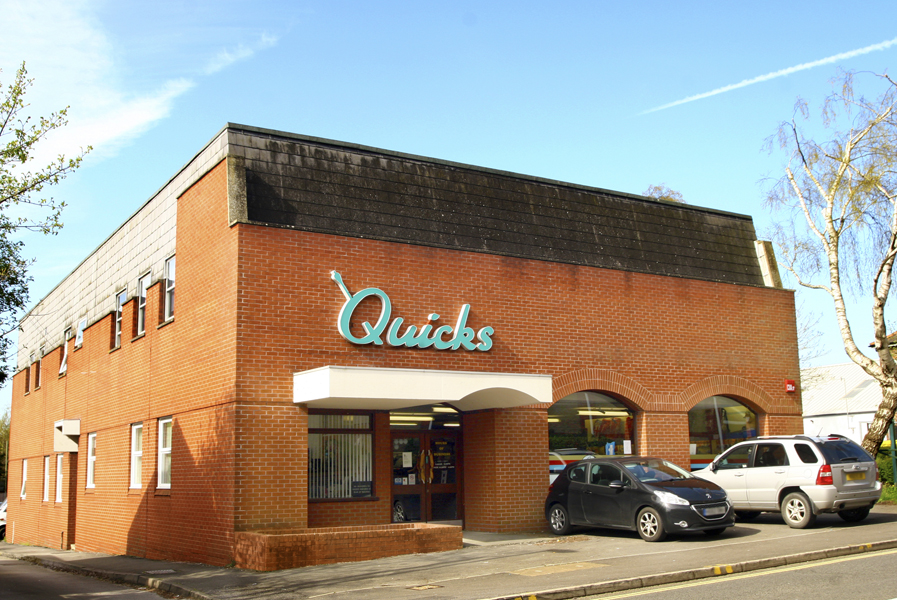
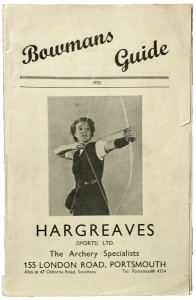
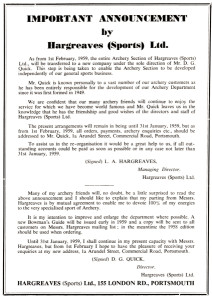
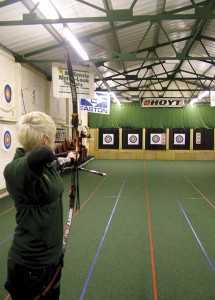
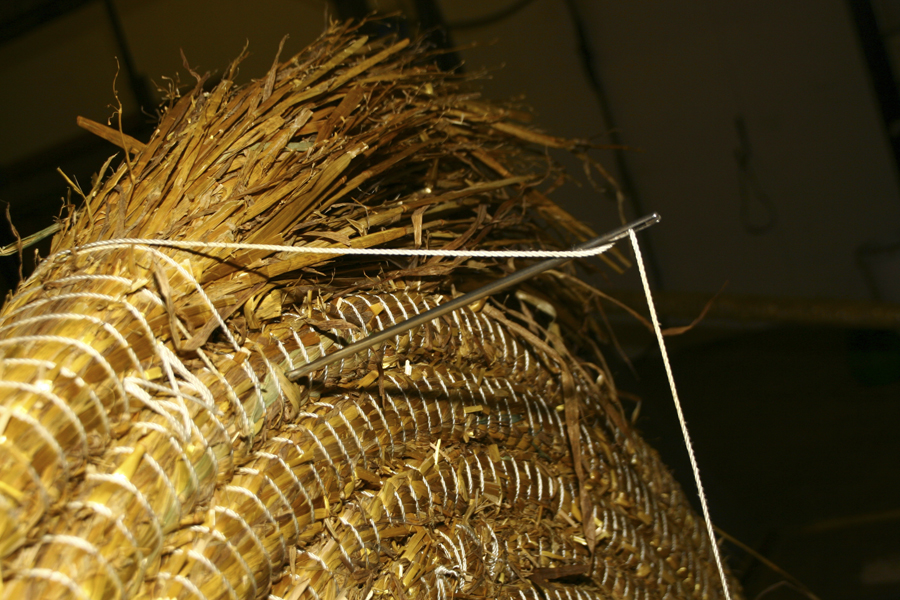
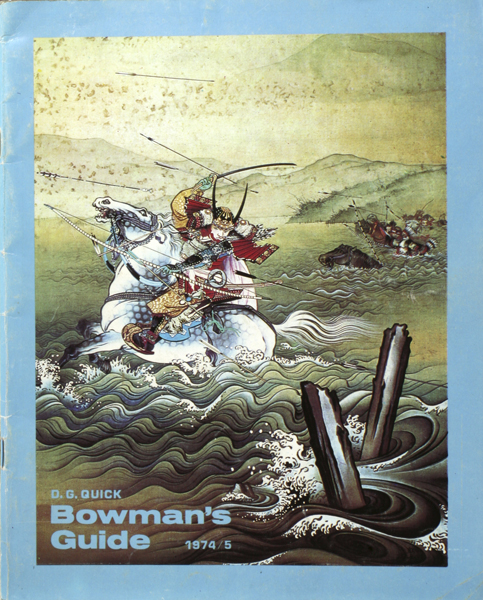
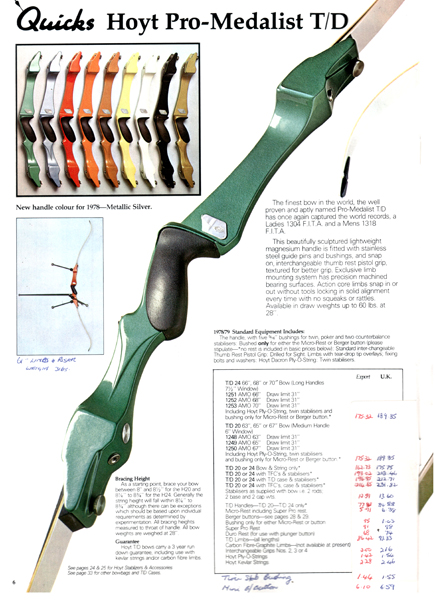
As. a Junior Shorthand Typist in I believe 1953 I started at Hargreaves in North End, Portsmouth. I worked for Mr Quick and a Mrs. Odey worked for Mr. Hargreaves. I believe I was there two years. At that time Mr Quick was not exclusively the archery department. He was very good to me and at one point put me in charge of making a catalogue of all the sports equipment that Hargreaves sold. I still have a copy somewhere though we have moved several times and I am not sure of the location. Mr Quick had an ulcer and did not drink tea, only milk. One day the staff was short of milk for their tea and took some of Mr. Quick’s , replacing iit with water. I’ll. ever forget how he looked at me and deadpanned “I think this cow’s been standing in the rain.”
I imagine the catalogue would have some historical value to you . If I can locate it..to whom should you I send it? I am currently in the USA….California to be exact. Thinking of a trip to the U.K. next year should I live so long!!!
Hi Pat,
Great to hear from you! That’s such a great story about the milk.
The magazine is just in the process of moving office so it’s probably best I don’t give an address until things have settled down! If it’s alright, I can send you an email at your personal account and sweet we can arrange?
All the best,
Nicola